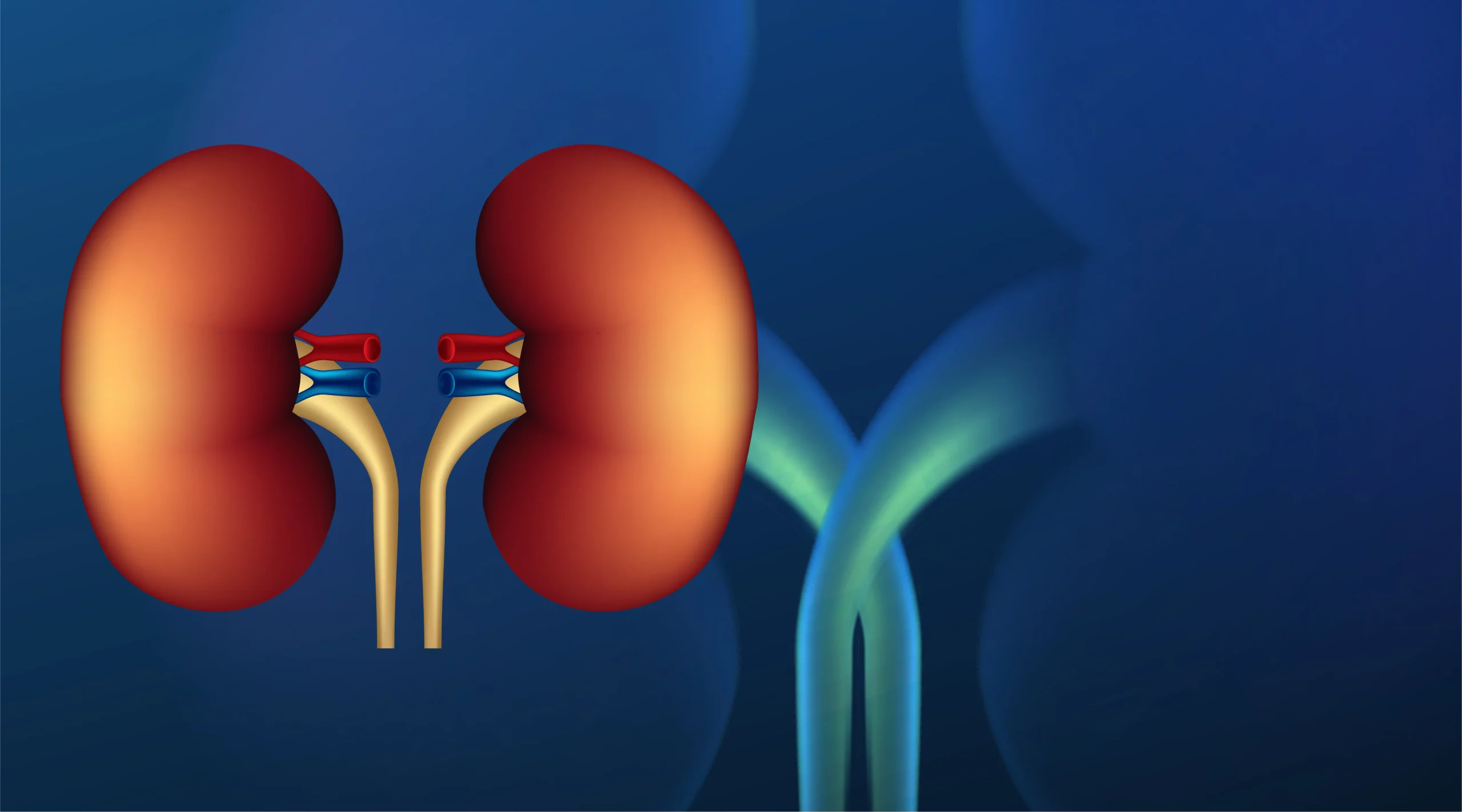Abstract
In a paradigm-shifting occurrence, a patient undergoing antiangiogenic therapy for renal cell carcinoma with the drug pazopanib developed severe gastrointestinal bleeding from a giant duodenal ulcer. The ulcer, remarkably large and with a substantial visible vessel, eventually revealed itself to be penetrating the pancreas, leading to significant clinical concern. The case, while calling attention to the potency of pazopanib’s therapeutic effects, also shines a light on its potential hazardous side effects, such as gastrointestinal bleeding, perforation, and fistulisation. Due to the extreme severity and rarity of this situation, this article delves into the medical journey, treatment, and implications for future patient care in the context of antiangiogenic therapies.
Introduction
The study of cancer treatment has evolved significantly with the advent of targeted therapies, particularly with agents known as antiangiogenic drugs. These drugs, designed to inhibit the formation of new blood vessels that tumors need to grow, have demonstrated substantial benefit in the treatment of various cancers, including renal cell carcinoma. Pazopanib, an angiogenesis inhibitor, is one such medication that has proven its mettle in slowing down the progression of certain cancers. However, any story of therapeutic triumph is incomplete without acknowledging the potential adversities. A case reported in the “BMJ Case Reports” journal illustrates the possible grave consequences of antiangiogenic treatments, tracing the experience of a patient who developed a rare and dangerous digestion-related complication during pazopanib therapy.
The Case
A middle-aged patient diagnosed with renal cell carcinoma was initiated on pazopanib treatment. Prior to the start of therapy, no gastrointestinal maladies were reported or discovered upon the initial medical evaluation. The situation took a turn when the patient presented with severe upper gastrointestinal bleeding manifested by melena and syncope, which are common symptoms of upper gastrointestinal tracts’ issues. An urgent endoscopic examination revealed a giant ulcer located in the duodenal bulb with a significantly large vessel measuring approximately 4mm in diameter. The initial strategy involved endoscopic intervention. However, due to the lack of immediate surgical rescue options, a conservative approach for managing the large vessel was adopted, and treatment was postponed.
Two days later, a follow-up endoscopy displayed a slight decrease in the vessel’s size, at which point, endoscopic adrenaline injection and electrocoagulation were performed. Nevertheless, the situation escalated as the vessel not only increased in diameter but also began to pulsate – a sign of ongoing and potentially life-threatening hemorrhage.
The exigency of the circumstances led to an operative intervention which confirmed the startling diagnosis: a giant bulbar ulcer had penetrated into the pancreas with active bleeding sourced from the gastroduodenal artery. The finding was not only remarkable in its severity but also in its peculiarity. Pazopanib treatment was immediately halted, and post-operation, the patient’s symptoms abated.
Discussion
This case illuminates several critical points in the treatment of cancer patients with antiangiogenic drugs. The first is the inherent risk of serious gastrointestinal complications such as bleeding, ulceration, and even perforation. Pazopanib, though effective in controlling cancer growth, has been documented to predispose patients to these events. Various studies, including those by Kamba et al. (2007) and Je et al. (2009), have noted the increased risk of bleeding and gastrointestinal harms associated with drugs targeting vascular endothelial growth factor (VEGF) receptors.
The role of angiogenesis in cancer development and spread has been well-described in oncological literature; Folkman’s seminal work in 2002 laid the foundation for the development of angiogenesis inhibitors. Yet, with this revolutionary approach comes the reality that interfering with vascular growth can result in collateral damage to normal tissue repair and maintenance processes, which heavily rely upon adequate blood supply.
This case raises a question about the protocols followed in anteceding the commencement of such therapies. Were there unappreciated risks that should have been identified? Could the ulcer have been detected earlier, and how might rapid surgical intervention have changed the outcome?
The absence of Helicobacter pylori, a common etiological factor for peptic ulcers, and the implementation of proton pump inhibitors makes the association between pazopanib and the duodenal ulcer a probable one, albeit not conclusively proven in this incident. Additional reports, such as those by Hapani et al. (2009) and Eveno et al. (2011), suggest that such complications, though rare, should be anticipated when commencing antiangiogenic treatments.
This incident also underscores the importance of having surgical rescue options immediately available when managing patients on such potent treatments. The initial delay in the treatment due to unavailability of appropriate surgical response might have contributed to the subsequent complication severity.
Conclusion
The distinctive case of a massive ulcer penetrating the pancreas raises awareness for healthcare providers about the potential acute gastrointestinal complications that can arise during antiangiogenic treatment. The connection, while not definitive, encourages clinicians to maintain a high index of suspicion for gastrointestinal issues in patients receiving such therapies, and to take swift, decisive action upon the first signs of complications. Practitioners must balance the benefits of these powerful anticancer drugs with the risks they carry, closely monitoring patients for adverse effects throughout their treatment course.
Keywords
1. Pazopanib side effects
2. Antiangiogenic therapy complications
3. Duodenal ulcer penetration
4. Gastrointestinal bleeding cancer treatment
5. Renal cell carcinoma management
References
1. Folkman J. Role of angiogenesis in tumor growth and metastasis. Semin Oncol 2002;29:15–18. DOI: 10.1053/sonc.2002.37263
2. Kamba T, McDonald DM. Mechanisms of adverse effects of anti-VEGF therapy for cancer. Br J Cancer 2007;96:1788–95. DOI: 10.1038/sj.bjc.6603813
3. Je Y, Schutz FA, Choueiri TK. Risk of bleeding with vascular endothelial growth factor receptor tyrosine-kinase inhibitors sunitinib and sorafenib: a systematic review and meta-analysis of clinical trials. Lancet Oncol 2009;10:967–74. DOI: 10.1016/S1470-2045(09)70222-0
4. Hapani S, Chu D, Wu S. Risk of gastrointestinal perforation in patients with cancer treated with bevacizumab: a meta-analysis. Lancet Oncol 2009;10:559–68. DOI: 10.1016/S1470-2045(09)70112-3
5. Eveno C, le Maignan C, Soyer P, et al. Late anastomotic colonic dehiscence due to antiangiogenic treatment, a specific drug-class complication requiring specific treatment: an example of pazopanib complication. Clin Res Hepatol Gastroenterol 2011;35:135–9. DOI: 10.1016/j.clinre.2010.10.003
